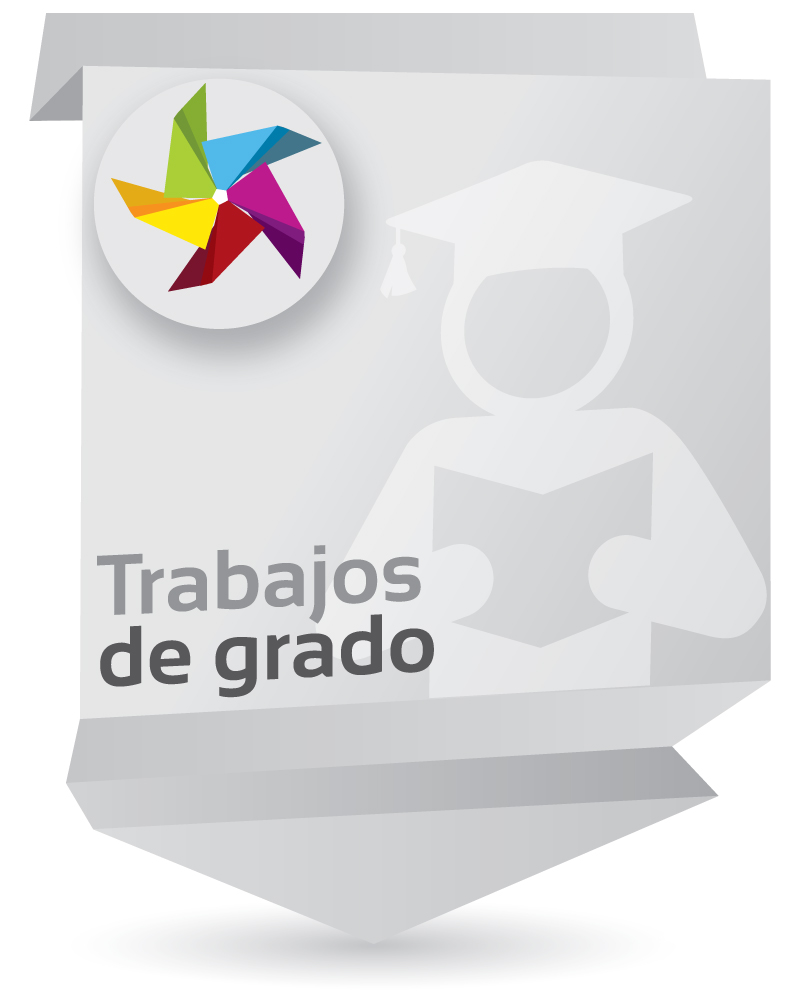The role of thinking routines as scaffolding strategy on third graders' thinking skills and content learning in science class

View/
Item Links
URI: http://hdl.handle.net/10818/50602Compartir
Statistics
View Usage StatisticsMetrics
Bibliographic cataloging
Show full item recordAuthor
Bejarano Soto, AngelicaAsesor/es
Carreño Bolívar, Laura LuciaDate
2022-02-08Abstract
Pensar es una habilidad de gran importancia en el campo de la educación. Investigaciones anteriores han incluido el pensamiento crítico como una habilidad que los estudiantes deben adquirir y desarrollar desde temprana edad. Diversos investigadores han dedicado sus estudios a presentar estrategias para potenciar el pensamiento en sus aulas; sin embargo, poco se ha discutido sobre el papel de las rutinas de pensamiento como una estrategia de andamiaje en las clases de lengua y contenido. El presente estudio de investigación-acción tuvo como objetivo explorar el rol de las rutinas de pensamiento como una estrategia de andamiaje en las habilidades de pensamiento de los alumnos en clases de ciencias enseñadas y aprendidas con el enfoque AICLE. Los participantes de esta investigación fueron 20 estudiantes de tercer grado de un colegio bilingüe de Bogotá, Colombia. Los datos fueron recolectados a través de cuatro instrumentos: prueba pre y post diagnóstica, cuestionarios de grupos focales, artefactos de los estudiantes, y un diario del docente. Para el desarrollo de este estudio se escogieron cinco rutinas de pensamiento: ¿Qué te hace decir eso?, Veo, pienso y me pregunto, Pensar, hablar en parejas y compartir, Los 3 porqués, y El juego de la explicación. Thinking is an important skill in the field of education. Previous research has
included critical thinking as an ability that learners need to acquire and develop from early
ages. Various scholars have devoted their studies to present different strategies to enhance
thinking in their classrooms; however, little has been discussed about the role of thinking
routines as a scaffolding strategy in content and language lessons. The present action
research study aimed to explore the role of thinking routines as a scaffolding strategy on
learners’ thinking skills in science lessons taught and learned with the CLIL approach. The
participants of this research were 20 third-grade students from a bilingual school in Bogotá.
Colombia. Data was gatherer through four instruments: pre and post diagnostic test, focus
group questionnaires, students’ artifacts and a teacher’s journal. Five thinking routines were
chosen for the development of this study: What makes you say that?, I see, I think, I
wonder, Think, pair, share, The 3 Whys and the explanation game. The instruments allowed
the possibility to visualize the two main roles that were discovered throughout this study;
the first one refers to the use of thinking routines as skills thinking builders; at first glance,
this seems obvious, however, if not done constantly, the activities cannot foster such skills.
While understanding the contents of the science lessons, students can share their thinking
with others, thus building knowledge as a community. The second role refers to the
achievement of better communication skills. The students had the opportunity to enlarge
their vocabulary and find different ways to express their ideas to others. Some obstacles
occurred throughout the study, and at the same time, they were opportunities to continue
offering the support that learners require.

















